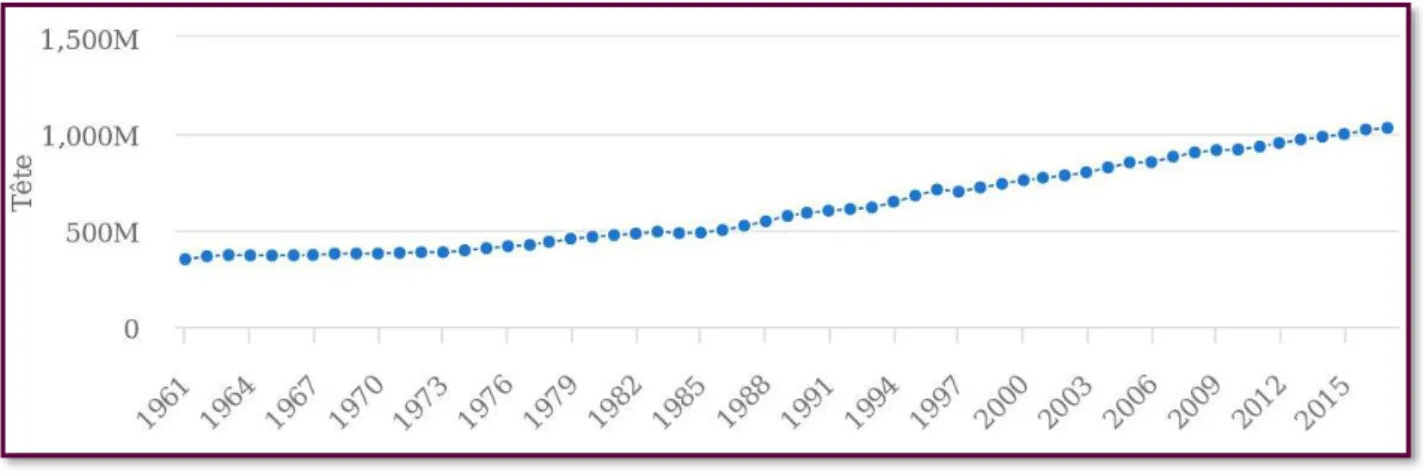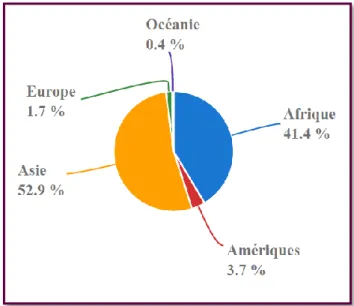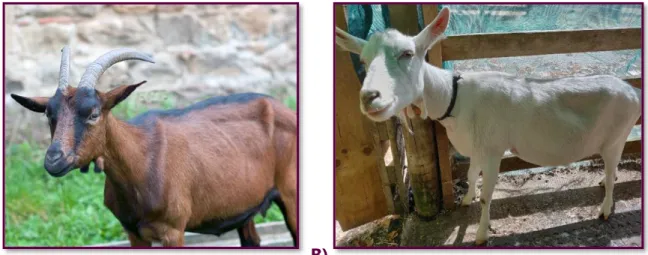Caractérisation phénotypique du comportement alimentaire chez la chèvre laitière
Texte intégral
Figure

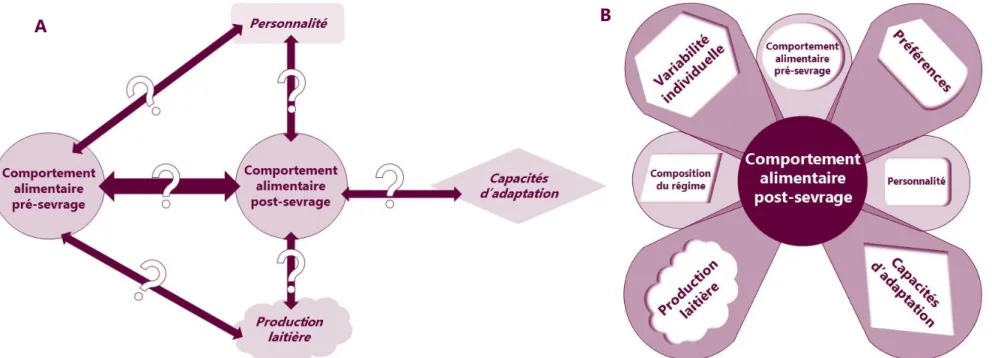

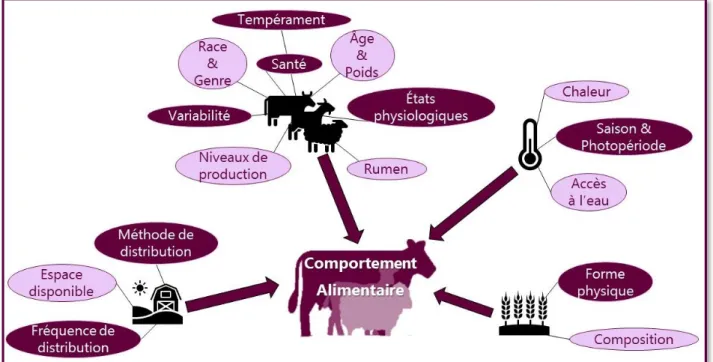
Documents relatifs
Ail are potentially confound- ing factors that may influence endocrine cycles (Perez-Sanchez et al. This suggests that the examination of plasma hormone profiles
ABSTRACT - Saltmarsh meiobenthos along a subtidal-intertidal-marsh gradient was collected every 2-h concurrently with seine collections of juvénile spot during May
Genetic parameters of a random regression model for daily feed intake of performance tested French Landrace and Large White growing pigs.. 33
Among the feeding behaviour criteria, feed intake per meal and rate of feed intake showed the highest genetic correlations with daily feed intake (around 0.5) and
In the present study, the average energy intake was higher than 65 MJ DE in all sows, and this would explain the lack of effect on subsequent reproduction of the large
Diet and period effects on the coefficient of variation of body weight (BW), average daily gain (ADG), feed intake (DFI), feed efficiency (DFCR) and cumulated feed efficiency
Finally, we identified similar traits in both rabbits and in chickens relevant to performance and feeding behaviour such as number of visits to the feeding station, daily feed
Concentration data for nitrate and nitrite were linked to food consumption data of the Belgian Food Consumption Survey.. This study included 3245 respondents, aged 15 years

